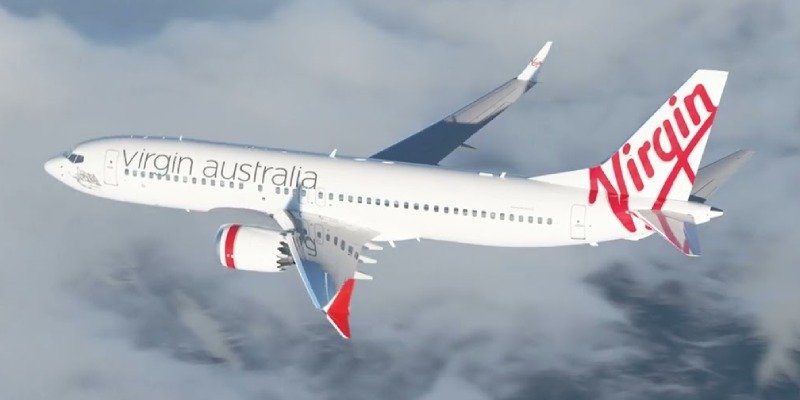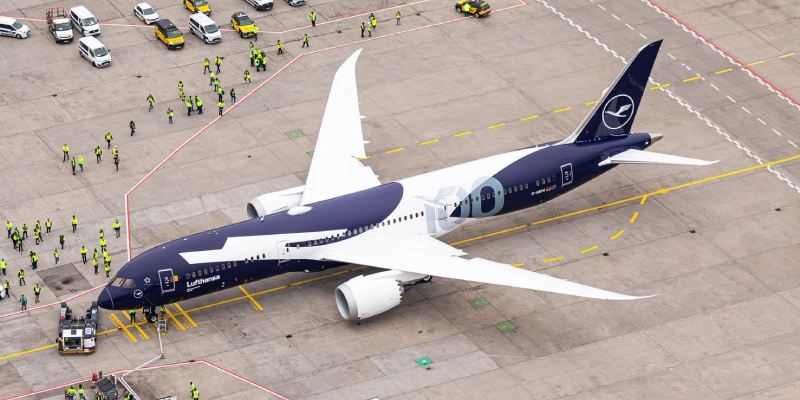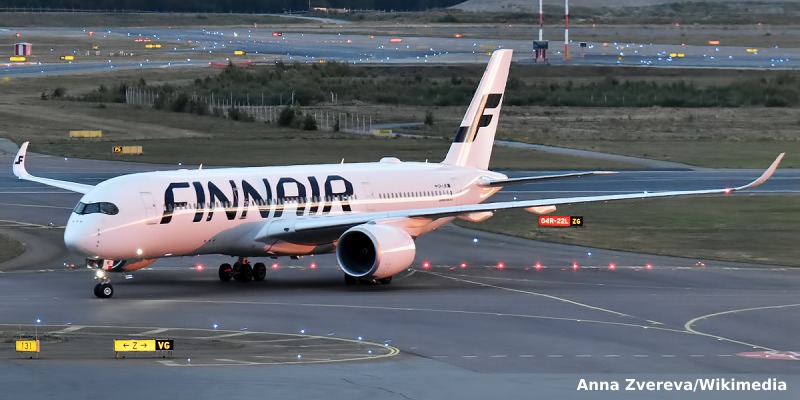Virgin Australia, which recently returned to the stock exchange, closed its fiscal year with a surge in its annual profit. The airline achieved this performance thanks to solid travel demand and stabilized fuel prices.
The company indicated that its underlying profit increased by 28% to reach 331 million Australian dollars (215 million US dollars) in the year ending in June.
It is worth recalling that Virgin Australia was delisted in 2020 after filing for bankruptcy due to COVID-19 restrictions. It was subsequently acquired by the private equity giant Bain Capital, returning to the stock market in June 2025.
Sector Context: Qantas Also Strengthens
Virgin’s positive results mirror those of its direct competitor, Qantas, which also reported an increase in its profits this same week. Both cases reflect how the recovery of the airline industry post-pandemic continues at a sustained pace.
→ Virgin Australia Returns to International Skies with New Sydney-Doha Route
Clear and Steady Strategy
On a call with analysts, Chief Executive Officer Dave Emerson explained that the airline will maintain its course without sudden shifts. Its goal will continue to be serving small businesses, corporate travelers, premium leisure passengers, and the general consumer.
“In three years, the network will be larger, but it will not be radically different from the current one,” Emerson stated.
Financial Challenges on the Horizon
Although the balance sheet is positive, the market reacted cautiously. Virgin’s shares fell 1.7% by midday. Investors anticipate that, after downsizing during the crisis, the company will need to invest more to sustain its growth.
A Citi report warned that the airline’s operating leverage could be “more moderate,” as personnel, airport, and maintenance costs are expected to rise above inflation.
Fleet Growth and New Aircraft
The company plans to increase its fleet based on demand and projects a 4% capacity increase by the end of December. Furthermore, it will expedite the delivery of a new Boeing 737 MAX 8, which will bring its fleet of this model to 13 aircraft by June of next year, instead of the 12 originally mentioned in its newsletter.
Related Topics
Air Europa Announces New Non-Stop Route Between Madrid and Johannesburg Starting June 2026
Lufthansa Receives Its Boeing 787-9 in Frankfurt with Special Livery for Airline’s Centennial
Finnair Announces Flights to Melbourne via Bangkok Starting October 2026
EASA Orders Inspections on Airbus A320 Aircraft for Possible Defective Panels

Plataforma Informativa de Aviación Comercial con 13 años de trayectoria.




